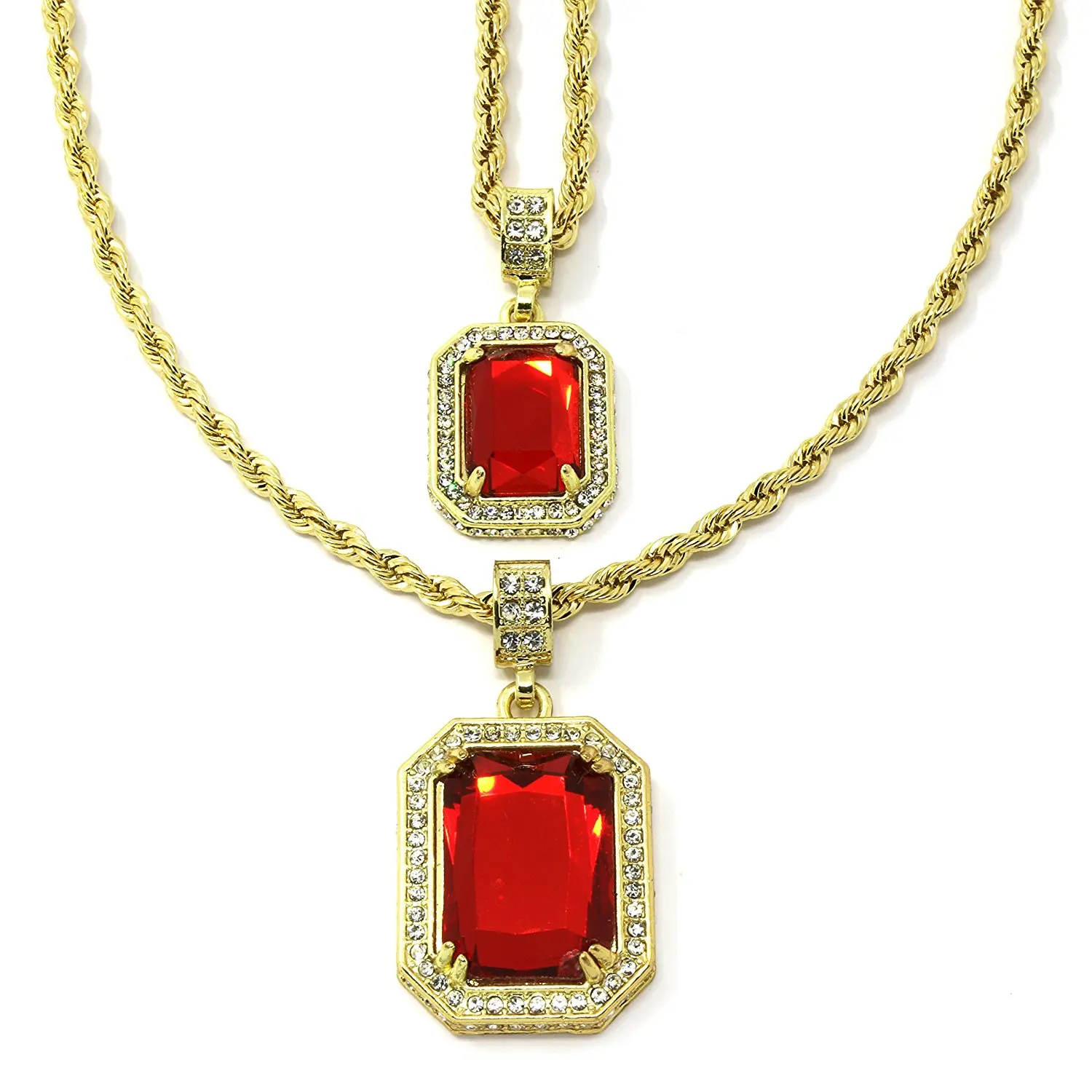
"The image they are saying is Christ is the sun god Helios from a coin that came from the island of Rhodes," Oxford archaeologist Peter Thonemann told the press. Nearby, a fragment of text reading "I shall walk uprightly" was interpreted by many as a reference to Jesus' resurrection - strong evidence that it actually happened, coming so soon after the fact.īut the lead codices are fakes - a jumble of anachronistic dialects and borrowed images probably forged within the past 50 years. Dating them to mere decades after Jesus' death, scholars called the "lead codices" (written in code and cast in lead) the most important discovery in archaeological history.Ĭhristians took the books to be proof of the real-life existence of Jesus, because one page displayed an image of him. Seventy metal books allegedly discovered in a cave in Jordan were hailed as the earliest Christian documents. The text appearing in the codices contains numerous inconsistencies and anachronisms.

Without conscious fraud on the part of anyone, it is very easy for imitations in this way to come in a very brief space of time to be reputed originals." Lead lies In an entry in the Catholic Encyclopedia, Thurston, a Jesuit himself, offered this explanation for the surplus in hardware: "Probably the majority began by professing to be facsimiles which had touched or contained filings from some other nail whose claim was more ancient. 30, in 1911, 30 holy nails were being venerated in treasuries across Europe. Though only three or four nails (the exact number is up for debate) were supposed to have pinned Christ to the cross circa A.D. In 1911, English liturgical scholar Herbert Thurston counted all the nails that were at that time believed to have been used to crucify Jesus. It turns out publicity stunts abound when it comes to holy hardware. In their coverage of the new film, Reuters reported that most experts and scholars they contacted dismissed the filmmaker's case as far-fetched and called it a publicity stunt. The tomb in which the nails were found is believed by some to be that of the Jewish high priest Caiaphas, who presides over the trial of Jesus in the New Testament.

He presents circumstantial evidence that seems to suggest the rusty relics once nailed Jesus to the cross. In a documentary called "The Nails of the Cross," which aired in 2011 on the History Channel, filmmaker Simcha Jacobovici tells the story of two nails allegedly discovered in a 2,000-year-old tomb in Jerusalem. (Image credit: Stephanie Pappas, LiveScience)

A statue of Jesus on the cross at the Cathedral Basilica of Saint Francis in Santa Fe, NM.


 0 kommentar(er)
0 kommentar(er)
